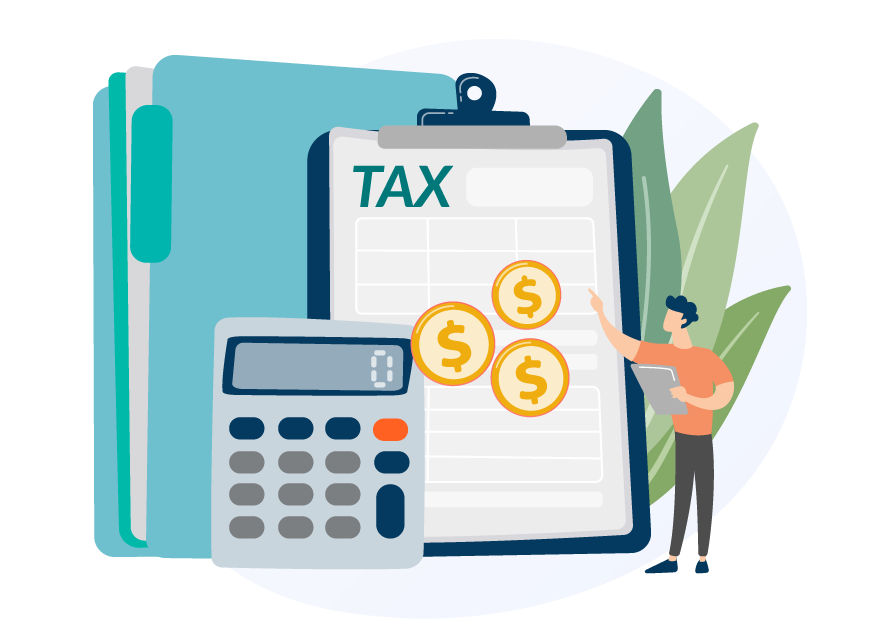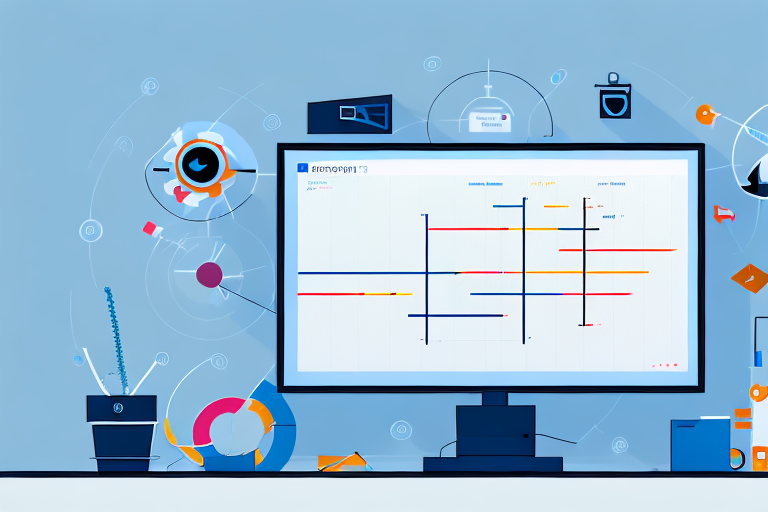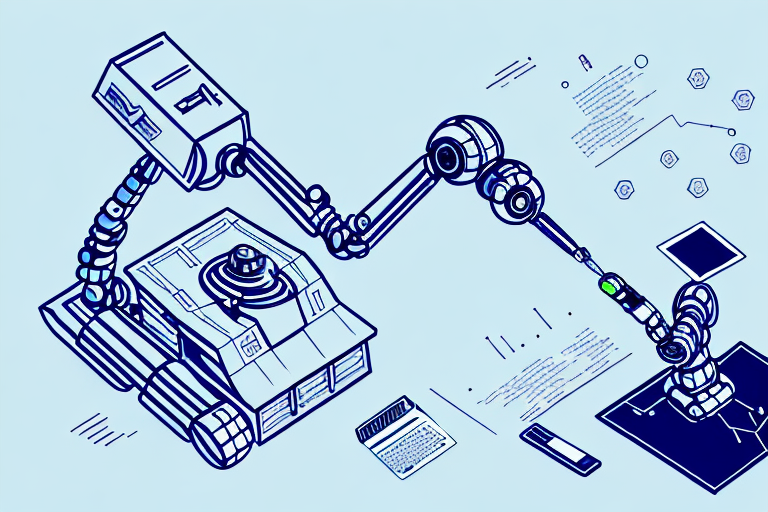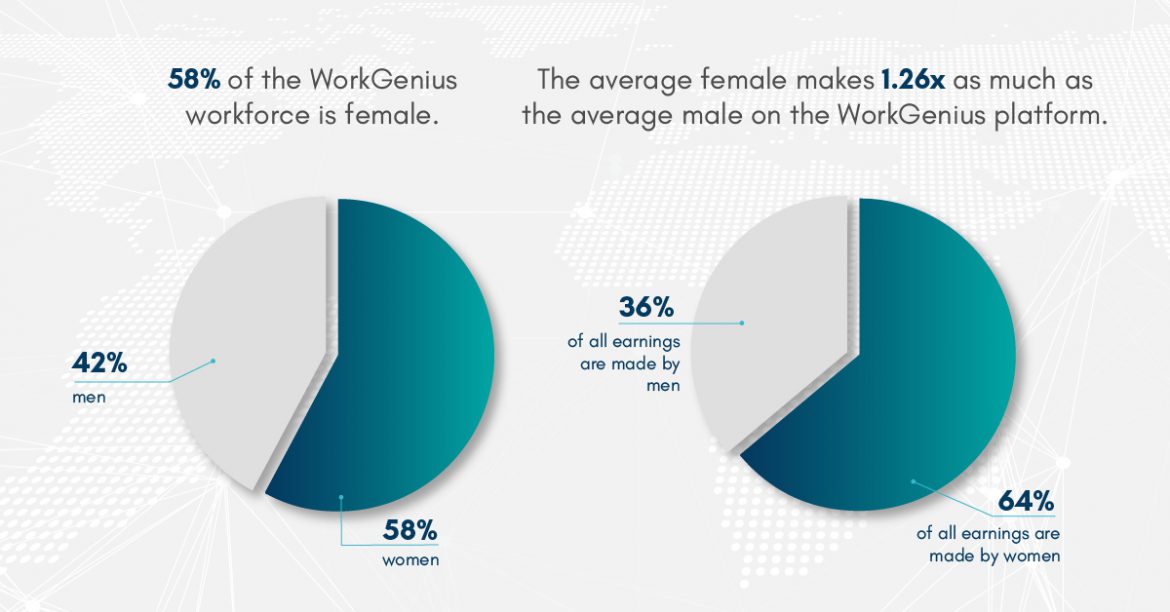When it comes to employment, there are two main classifications that workers fall under: 1099 and W-2 employees. While both may seem similar at first glance, there are key differences that can have a significant impact on a worker’s financial situation and employment status. In this article, we’ll explore the basics of employment classification and dive into the specific details of each type of employee, as well as the pros and cons of each classification.
Understanding the Basics of Employment Classification
Before we can dive deeper into the differences between 1099 and W-2 employees, it’s important to first understand how employment classification works. At its core, employment classification is about determining whether an individual is an employee or an independent contractor. This classification is important because it determines the rights and benefits that an individual is entitled to, as well as the responsibilities and obligations that they have to their employer.
According to the IRS, the main factor in determining employment classification is level of control. If an employer has the right to control how, when, and where a worker performs their job, that worker is generally considered an employee. This means that the employer can dictate the details of the work that is performed, such as the tools and equipment that are used, the location where the work is done, and the hours that are worked. If the worker has more autonomy in how they perform their job and can decide when and where to work, they are more likely to be considered an independent contractor. This means that the worker has more control over the details of the work that is performed, and the employer has less say in how the work is done.
There are several different factors that are taken into account when determining employment classification, including behavioral control, financial control, and the relationship between the worker and employer. Behavioral control refers to the extent to which the employer has the right to direct and control the work that is performed. Financial control refers to the extent to which the worker has control over the financial aspects of the work, such as the tools and equipment that are used, and whether the worker has the opportunity to make a profit or loss. The relationship between the worker and employer refers to the overall nature of the relationship, including factors such as the length of the relationship, the level of skill required for the work, and the degree of permanence in the relationship.
What is a 1099 Employee?
A 1099 employee is an independent contractor who provides services to a client or business. They are named after the tax form that they receive at the end of the year (Form 1099-MISC) which reports their income. 1099 employees are responsible for paying all of their own taxes and are not eligible for benefits such as health insurance or paid time off. This means that they must keep track of their own expenses and deductions, and must pay self-employment taxes on their income. Despite the lack of benefits, many individuals choose to work as independent contractors because of the flexibility and autonomy that it provides.
What is a W-2 Employee?
A W-2 employee, on the other hand, is a traditional employee who is on the payroll of a particular company or employer. They receive a regular paycheck and have taxes withheld from their paycheck by their employer. W-2 employees are generally eligible for benefits such as health insurance, retirement plans, and paid time off. This means that they have access to a range of benefits and protections that are not available to independent contractors. However, they are also subject to more oversight and control by their employer, and may have less flexibility in terms of their work schedule and responsibilities.
Overall, understanding the differences between 1099 and W-2 employees is important for both employers and workers. By understanding the different rights and responsibilities that are associated with each type of employment classification, individuals can make informed decisions about their career paths and employers can ensure that they are in compliance with applicable laws and regulations.
Key Differences Between 1099 and W-2 Employees
Tax Implications
One of the biggest differences between 1099 and W-2 employees is how they are taxed. Because 1099 employees are considered independent contractors, they are responsible for paying self-employment taxes on their income. These taxes include Social Security and Medicare taxes, and are typically higher than the taxes paid by W-2 employees.
W-2 employees have taxes withheld from their paycheck by their employer, which can make paying taxes simpler and more predictable. Employers are also required to pay part of these taxes, which can help reduce the overall tax burden for employees.
Benefits and Protections
Another key difference between 1099 and W-2 employees is the access to benefits and protections. W-2 employees are generally eligible for benefits such as health insurance, paid time off, and retirement plans. They may also be eligible for worker’s compensation and unemployment benefits if they lose their job.
1099 employees, on the other hand, are not generally eligible for benefits from their client or business. They may have to purchase their own health insurance and are not entitled to paid time off or other benefits. They also do not have access to worker’s compensation or unemployment benefits.
Level of Control and Independence
Another major difference between 1099 and W-2 employees is the level of control and independence that they have over their work. Because 1099 employees are independent contractors, they have more autonomy in how they perform their job and can decide when and where to work.
W-2 employees, on the other hand, are generally subject to more control from their employer. They may be required to work certain hours or follow specific procedures or protocols.
Job Stability and Duration
Finally, there is often a difference in job stability and duration between 1099 and W-2 employees. 1099 employees may have more flexibility in their work arrangements, but they may also have less job stability. They may be hired for a specific project or time period and may not have ongoing employment with a particular client or business.
W-2 employees, on the other hand, are generally hired for ongoing employment and may have more job stability. They may also have more opportunities for advancement and career growth within a particular company or industry.
Pros and Cons of Being a 1099 Employee
Flexibility and Autonomy
One of the biggest benefits of being a 1099 employee is the flexibility and autonomy that comes with the job. 1099 employees are able to set their own schedules and have more control over how they perform their work. This can be especially appealing for individuals who value work-life balance or who need to accommodate other commitments or responsibilities.
Potential for Higher Earnings
Another potential benefit of being a 1099 employee is the potential for higher earnings. Because they are responsible for setting their own rates and negotiating contracts, 1099 employees may be able to command higher fees for their services.
Tax Deductions and Expenses
1099 employees are also able to deduct certain business expenses from their taxes, which can help reduce their overall tax burden. This can include expenses such as home office space, travel costs, and equipment or supplies.
Lack of Benefits and Protections
However, there are also several potential downsides to being a 1099 employee. One of the biggest downsides is the lack of benefits and protections. 1099 employees are responsible for purchasing their own health insurance, retirement plans, and other benefits. They also do not have access to worker’s compensation or unemployment benefits in the event that they lose their job.
Pros and Cons of Being a W-2 Employee
Steady Income and Job Security
One of the biggest benefits of being a W-2 employee is the steady income and job security that comes with the job. W-2 employees receive a regular paycheck and are typically employed for ongoing periods of time, which can provide financial stability and peace of mind.
Access to Benefits and Protections
W-2 employees also have access to benefits such as health insurance, paid time off, and retirement plans. They may also be eligible for worker’s compensation and unemployment benefits in the event that they lose their job.
Employer Withholding and Tax Contributions
Another potential benefit of being a W-2 employee is that employers are required to withhold taxes from their paychecks, which can make paying taxes simpler and more predictable. Employers are also responsible for paying part of Social Security and Medicare taxes, which can help reduce the overall tax burden for employees.
Limited Flexibility and Control
However, there are also potential downsides to being a W-2 employee. W-2 employees are generally subject to more control from their employer and may have less autonomy in how they perform their job. They may also have less flexibility in their work schedules or be required to follow specific processes or procedures.
Conclusion
There are clear differences between 1099 and W-2 employees, and each type of employment has its own set of pros and cons. Ultimately, the best employment classification for an individual will depend on their unique financial situation, work preferences, and employment goals.
Regardless of the employment classification, it’s important for workers to understand their rights and responsibilities, as well as the potential risks and benefits of their employment status. With this knowledge, workers can make informed decisions about their employment and take steps to protect their financial well-being.













































